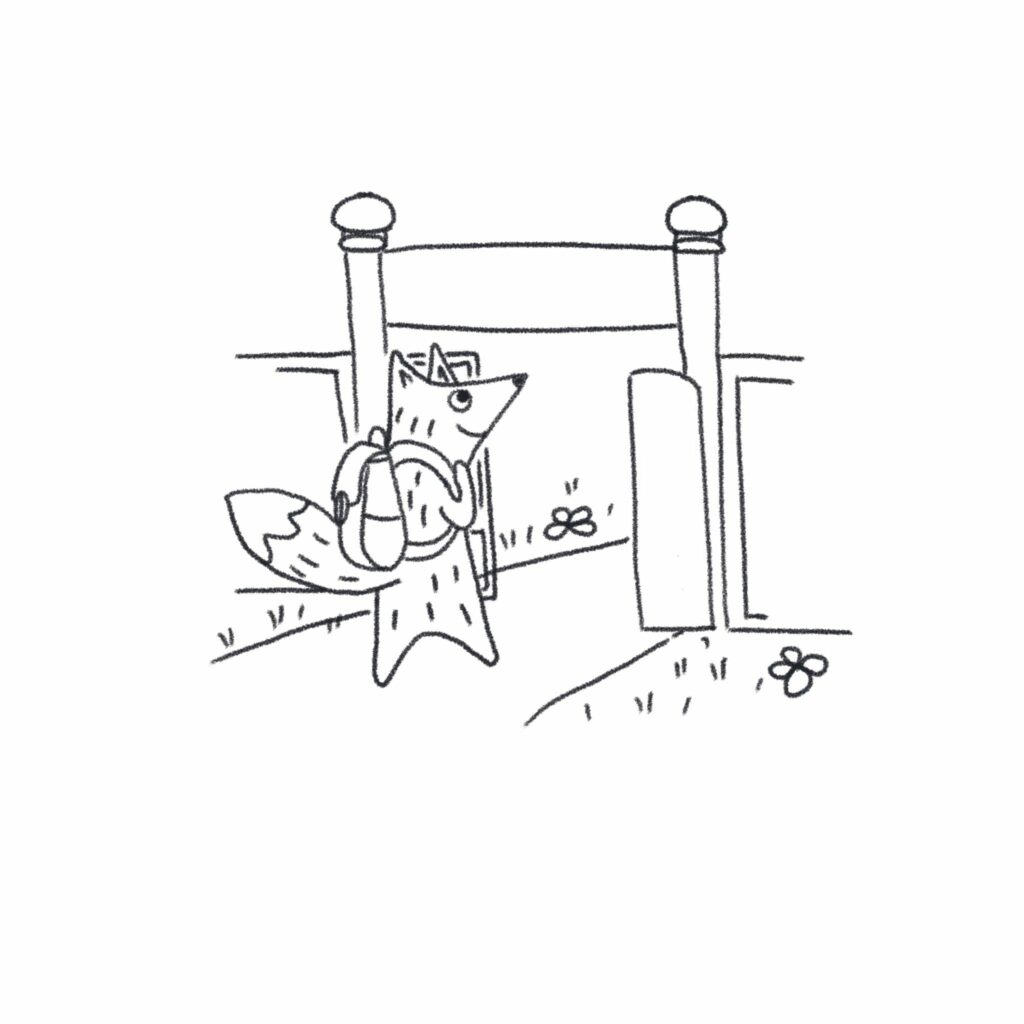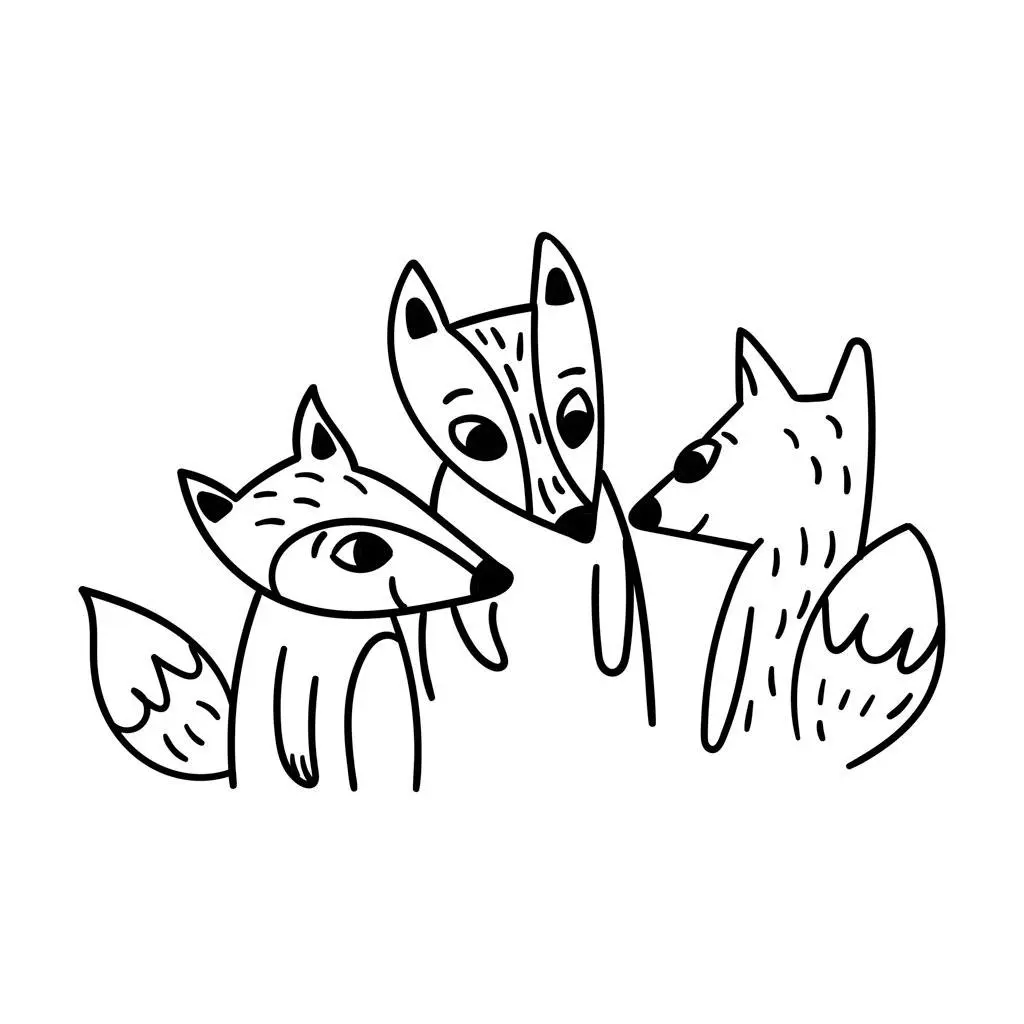Teacher and mum-of-two Katie Walden tell us why she’s passionate about stories for children, and how they boost learning and creativity
Whatever your age, stories can be motivating, enlightening and inspirational. Even as an adult, I’m still amazed at how a good author can draw me into a book, so that I feel that I know the characters and experience their thoughts and feelings as I read.
For children, stories make great starting points for learning and creativity. Books can transform everyday, normal activities into something exciting and magical. When I was a child, the thought of trudging off on a long walk wouldn’t necessarily have interested me. But if someone suggested a game of Pooh Sticks – the stick racing game played by Winnie the Pooh and his sidekick Piglet – the whole idea seemed much more exciting.
Stories provide so many learning opportunities and ideas for activities and play. Take Goldilocks and the Three Bears. After reading this story some of the things children can do include: junk modelling to make a new chair for Baby Bear; comparing and ordering containers and vessels according to their size; recreating the Three Bears’ house using Duplo, wooden blocks or cereal boxes. Simple maps can be drawn or painted to show where the story unfolds, such as the Bears’ house, Goldilocks’ house and the woods. Teddy bears can act out events from the story. Children can create their own teddy bear puppets using lolly sticks or paper bags.
The relationship between stories and learning is symbiotic. As a child learns more about the world, they begin to understand concepts within stories in greater depth, as well as developing a greater sense of empathy and awareness of right and wrong. Learning helps children to interpret pictures and read words, enabling them to access books with increasing independence. On the flip side, stories provide engaging and meaningful contexts through which children are then able to explore, discover, analyse, reason and explain.
No matter how young or old you are, the power of stories can never be underestimated.





